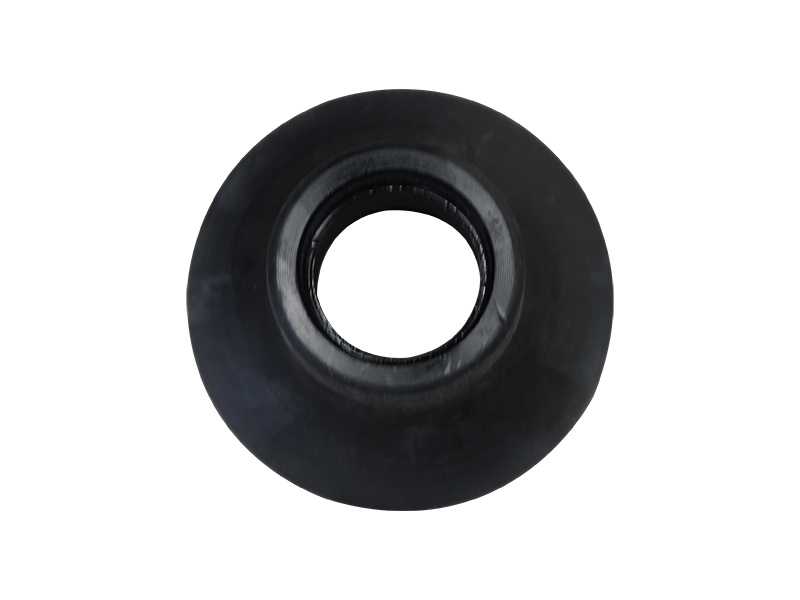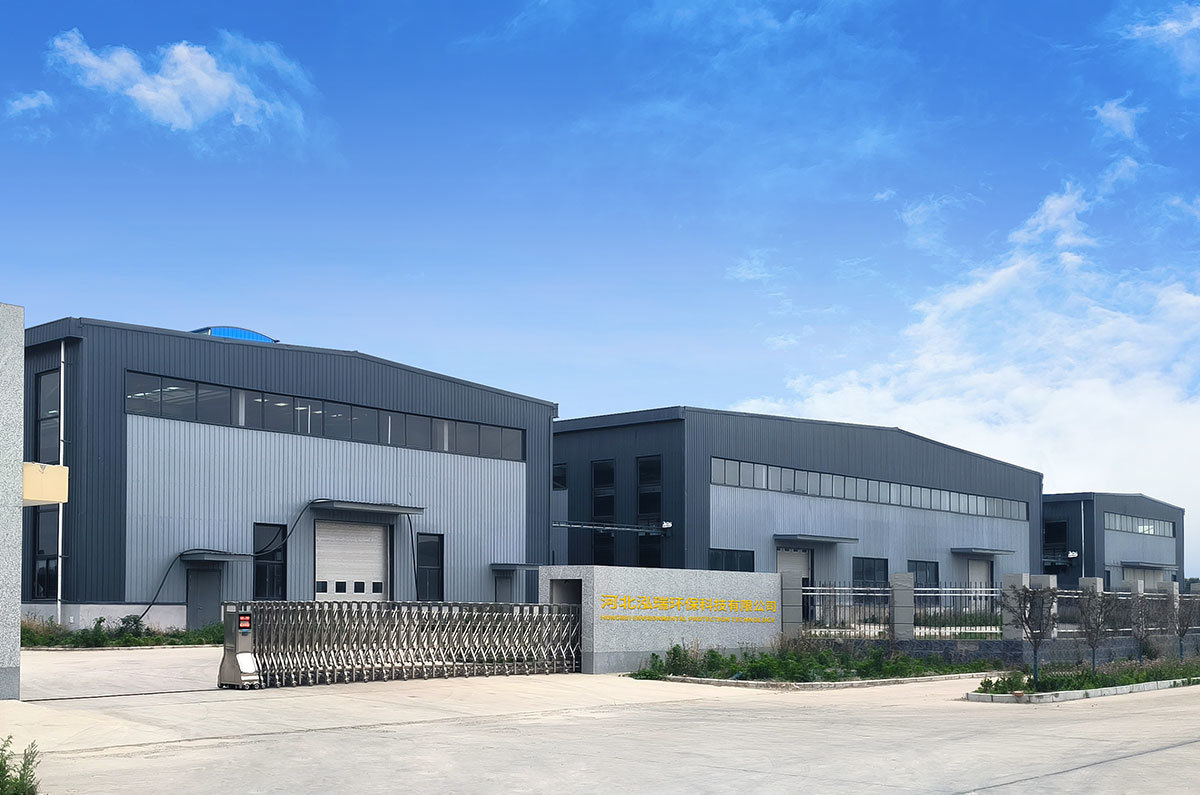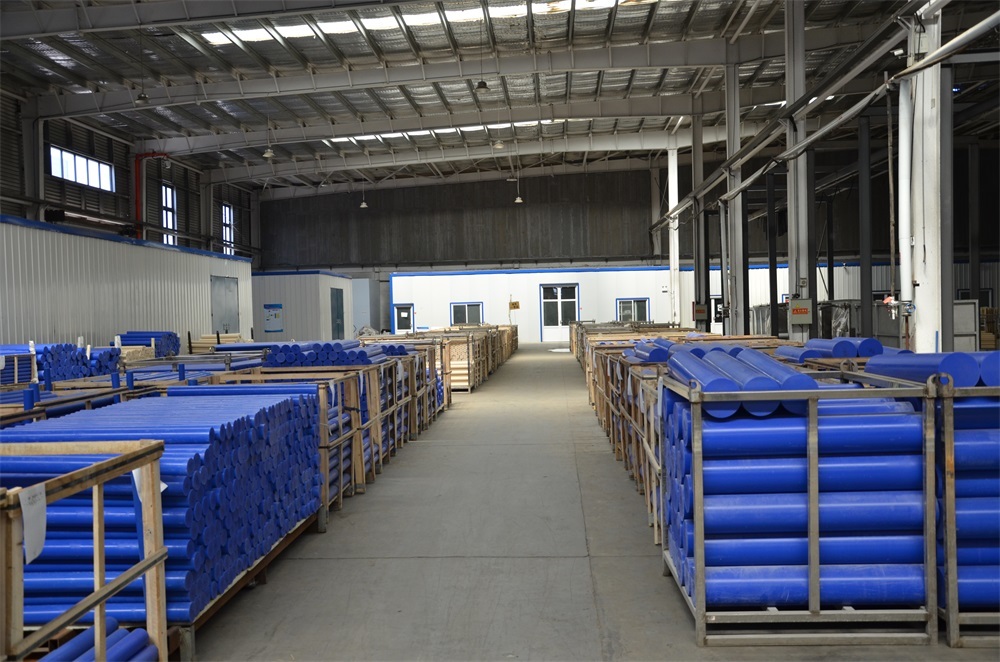Looking Ahead: MC Nylon Market Trends and Innovation
2025-06-11

Future-Oriented Material Selection: Market Trends and Innovations in MC Nylon
Monocast nylon (MC nylon) has long demonstrated reliable performance in demanding industrial applications. However, like all advanced materials, it is constantly evolving. For B2B purchasers aiming to make strategic, future-oriented procurement decisions, understanding market trends and technological advancements is crucial. This article explores the key developments shaping the MC nylon landscape.
Major Market Drivers and Growth Projections
The global MC nylon market is experiencing steady growth, driven by several factors:
● Automotive Lightweighting: The automotive industry's drive to improve fuel efficiency and reduce emissions by lightweighting vehicles is a significant driver. MC nylon offers a strong, lightweight alternative to metal components. The automotive industry holds a considerable market share, estimated by some at approximately 36.7%, while others estimate it at 25%.
● Industrial Upgrading: The increased demand for high-performance materials in the machinery manufacturing industry is driving the use of MC nylon. Mechanical engineering applications account for a major portion, approximately 40%.
● "Plastics Replacing Steel" Trend: The ongoing "plastics replacing steel" concept is continuously expanding the application range of MC nylon, where it can offer comparable or superior performance with additional advantages such as corrosion resistance and self-lubrication.
● Expanding Applications: Growth in industries such as food processing equipment, electronics, and chemicals is also contributing to market expansion.
Market research indicates a positive growth trajectory. For example, one report predicts that the global market size will grow from US$2.49 billion in 2023 to US$4.06 billion in 2032, with a compound annual growth rate (CAGR) of 3.46% (although different reports may provide different data). Another report shows that the global market size will exceed US$15 billion by 2024, with a CAGR exceeding 6%. The Chinese market is also attracting attention due to its rapid growth.
Emerging Trends and Technological Advancements
The MC nylon industry is not static. Major trends include:
1. High-Performance and Customized Formulations: The market's demands for material properties are never-ending, continuously driving the development of MC nylon grades towards characteristics such as:
○ Higher Mechanical Strength: Achieved through nano-enhancement or advanced fiber reinforcement.
○ Higher Temperature Resistance: To expand applications in more demanding thermal environments.
○ Superior Wear Resistance: Development of new lubrication systems.
○ Special Functions: Enhanced conductivity, persistent anti-static properties, biocompatibility, and significantly reduced water absorption are all research focuses. These advancements aim to meet the stringent material performance requirements in fields such as aerospace, precision instruments, new energy vehicles, and high-end medical devices.
2. Sustainable Development and Environmental Protection: Environmental concerns are increasingly influencing material development.
○ Bio-based MC Nylon: Research into the production of caprolactam monomers using renewable biomass resources (such as vegetable oils) is a significant trend, aiming to reduce reliance on fossil fuels and lower the carbon footprint.
○ Recycling Technology: Research and application of recycling technologies for waste MC nylon will receive more attention.
3. Exploration of New Processes and Efficiency Improvements: While monocasting remains the core process, the industry is also exploring:
○ More Efficient and Precise Molding Technologies: Technologies such as reaction injection molding (RIM) for nylon may offer new options for manufacturing components with specific shapes and production volumes.
○ Optimization of Existing Casting Processes: Shortening polymerization cycles and improving automation levels are directions for improving production efficiency and product consistency. A new generation of catalysts and tougheners are also under development.
4. Expanding Application Areas: MC nylon will continue to cultivate its traditional strengths (such as heavy machinery and mining equipment) while actively expanding into emerging fields. For example:
○ New Energy: Used to manufacture wear-resistant and weather-resistant transmission and support components in new energy equipment such as wind power generation and solar energy.
○ Rail Transit: Its lightweighting and shock absorption and noise reduction characteristics have application potential.
○ Special Pumps and Valves, Environmental Protection Equipment: Its corrosion resistance and wear resistance will play a role.
5. Supply Chain Resilience and Cost Optimization: The stability of supply and price fluctuations of upstream raw materials have a direct impact on the MC nylon market. Manufacturers will pay more attention to supply chain management, seek diversified raw material sources, and reduce costs through process optimization and economies of scale to cope with market competition. Raw material price changes and supply chain disruptions are major obstacles in the MC nylon manufacturing process.
6. Intelligent and Digital Integration: With the development of Industry 4.0, the production process of MC nylon may also incorporate more intelligent elements, such as real-time monitoring of the polymerization process through sensors, using big data analysis to optimize process parameters, achieving more precise quality control and higher production efficiency.
What This Means for Purchasers
For B2B purchasers, these trends indicate several key considerations:
● Anticipate the Emergence of New Grades: Be aware that new and improved MC nylon formulations may emerge, offering better solutions to existing or new challenges.
● Consider Sustainability: As corporate environmental responsibility increases, the availability of bio-based or recyclable MC nylon options may become an important selection criterion.
● Collaborate with Innovative Suppliers: Suppliers who invest in R&D and adopt new technologies are more likely to provide cutting-edge solutions and maintain stable supply. Companies such as Mitsubishi Chemical Advanced Materials (MCAM), DuPont, and Evonik in the international market, or domestic manufacturers focusing on quality and innovation, can be considered.
● Evaluate Long-Term Value: While new technologies may initially be more expensive, their enhanced performance or sustainability advantages may offer better long-term value.
By paying attention to these market dynamics and technological innovations, companies can make more informed decisions, ensuring that their MC nylon selection meets current needs and captures future opportunities.
TAG:
Related News
Exploring the Power of Composite Materials in Modern Industry Solutions




